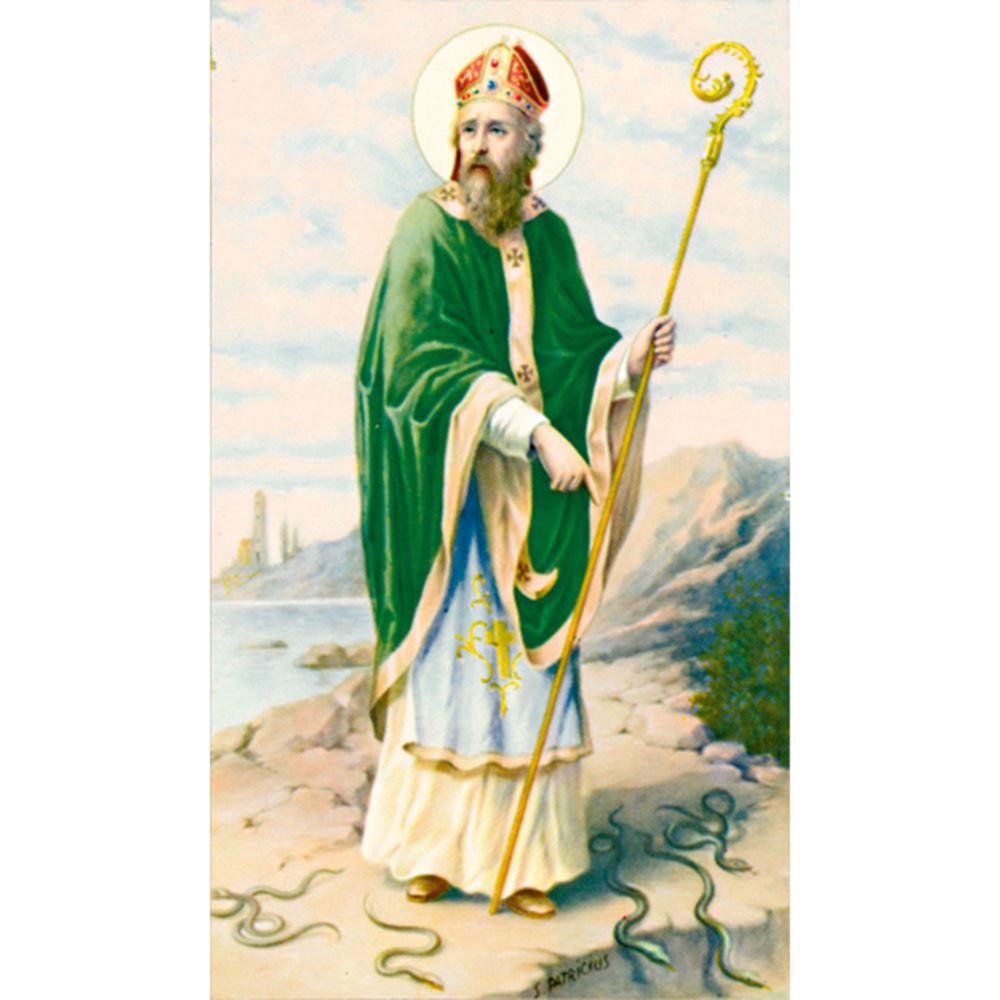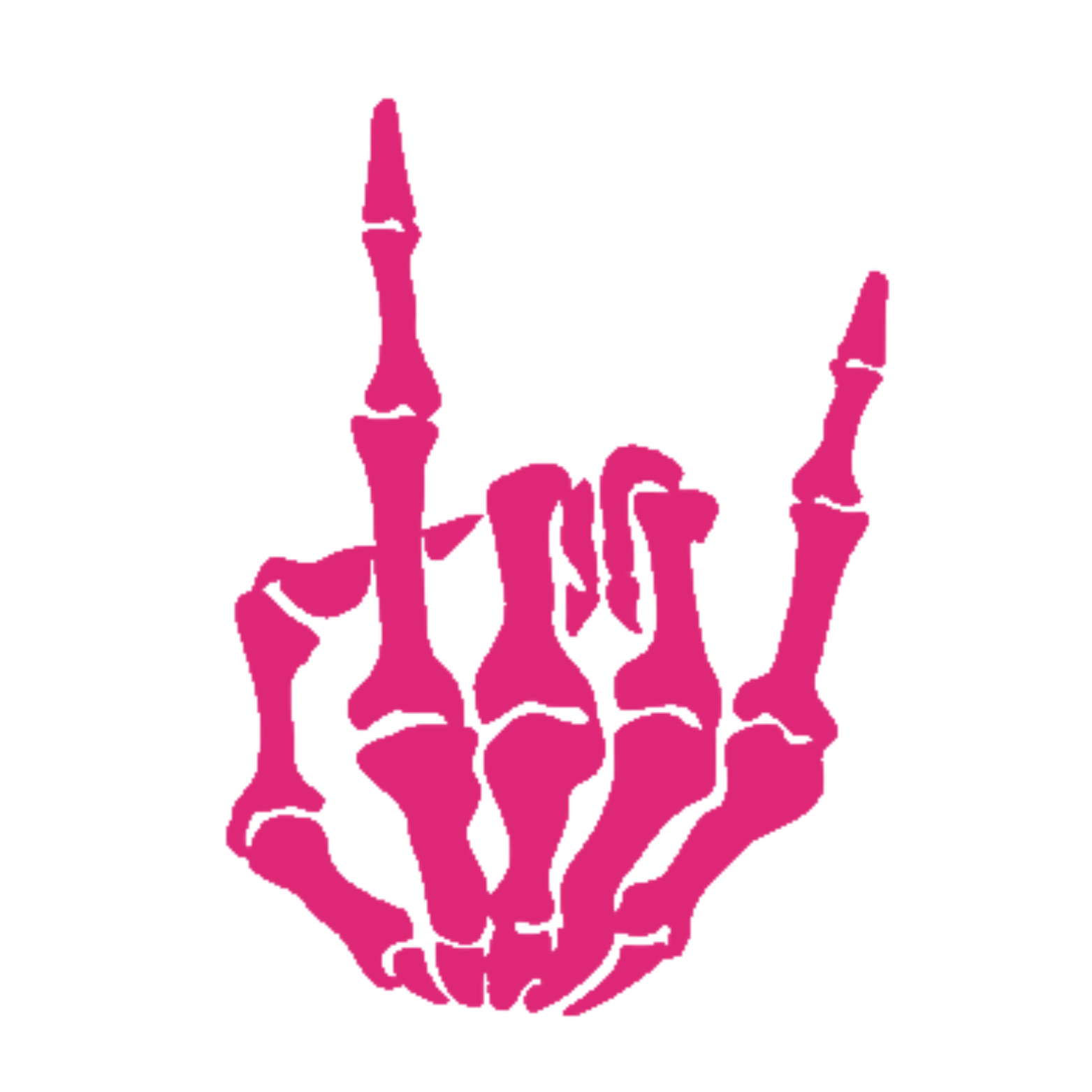13 Days of Sheela Na Gig: St. Patrick’s Wife
Carr said that on the anniversary of St Patrick the country people assembled in their nearest towns and villages and got very tipsy. “From a spirit of gallantry, these merry devotees continue drunk the greater part of the next day, viz., the 18th of March, all in honour of Sheelagh, St. Patrick’s wife.”—John Carr, author of The Stranger in Ireland (1806), quoted in “St Patrick had a wife, and her name was Sheelah” (2017) by Olivia Kelleher
The day after St Patrick’s Day is ‘Sheelah’s day’, or the festival in honour of Sheelah. Its observers are not so anxious to determine who ‘Sheelah’ was, as they are earnest in her celebration. Some say she was ‘Patrick’s wife’, others that she was ‘Patrick’s mother’ while all agree that her ‘immortal memory’ is to be maintained by potations of whiskey.—William Hone, author of The Every-day Book (1827), quoted in “Sheela take a bow” by Shane Lehane

Every issue of Croning, the zine, involves quite a bit of research and, as each issue comes together, I end up leaving out a lot of interesting material, either because it doesn’t quite fit or because I couldn’t find enough documentation to make me feel comfortable using it. The notion that St. Patrick had a wife, this wife was called Sheela, and there’s a connection between this Sheela and Sheela Na Gig proved doubly unusable. But as I’ve listened to thumping bass of fraternity row revels since the morning of March 16—I live mere blocks from the campus of a state university—I’ve been thinking about this bit of folklore.
This Sheela’s primary champion is Shane Lehane, a part-time lecturer at University College Cork and, evidently, someone who talks about Irish culture on the radio and on TV. Lehane makes his case in an article for The Irish Times. It’s not long, so it makes more sense to link to it than to offer a synopsis. The first thing I note is that, although he is quoted in every popular article I could find about St. Patrick’s wife, Lehane distances himself here from the idea that Sheela was St. Patrick’s wife—even though he himself cites a 19th-century source suggesting the same in the article in which he tries to refute this idea. Beyond that, Lehane makes a lot of enticing claims that I have not seen evidence to support. More than that, he engages in a kind of universalizing that makes me get slightly prickly:
Sheila joins the many women sovereignty figures who represent Ireland: Ériu, Fódla, Banba, Aoibheall, Clíodhna, Macha, Mór and Mórrígan, to name a few (and not forgetting the Christianised figures of Brigid and Gobnait).
I’m saving sovereignty hags (spoiler alert!) for a future issue of Croning, but I’ll say right now that to dump all of these female figures together like this does not fill me with confidence. His suggestion that the Sheela he’s talking about has “mother-goddess attributes” sets off some alarm bells for me, and also? I don’t understand what he means by “mother-goddess attributes”:
In keeping with her mother-goddess attributes, the last big snowstorm after St Patrick’s Day is still called Sheila’s brush in Newfoundland. The idea is that Patrick is fighting with his wife, now a miserable hag at war with the world… She spitefully brushes the last of the winter snow into the way of the new cycle of work.
Lehane starts out by connecting his Sheela to Spring and fertility. Now she’s an avatar Winter and cranky old age? And these are all characteristics of a mother goddess? To me, this is all too broad and too tenuously connected to mean much of anything. And St. Patrick has a wife again? (As for his treatment of the Cailleach… We’ll get to her in the Winter 2024 issue of Croning. Stay tuned!)
I don’t want to keep dunking on Lehane, but this type of writing is what inspires me to do what I’m doing. Here we have one author with decent credentials whose words get repeated over and over again until they become something like fact—not because his argument is solid but, rather, because search engines recognize his ideas as pervasive.
Having said that, I believe that Lehane is responding to a need for the divine feminine, which he outlines in his opening paragraph for The Irish Times:
For hundreds of years Ireland has had an icon of womanhood and a compelling symbol of all things female, yet few people know her name. The forgotten goddess is none other than Sheelah, once widely celebrated on March 18th, both in Ireland and among the diaspora, yet now all but disappeared.
Let me be clear: Most of what Lehane says here is, in my opinion, blarney. (Am I using this word correctly?) I do not believe that there is a “forgotten goddess” named Sheela. I’m not even convinced that Sheela’s Day was a holiday widely celebrated over centuries in Ireland. If you’re looking for an Irish “icon of womanhood and a compelling symbol of all things female,” I will point you at the Virgin Mary, and…
If we’re looking for a female counterpart for St. Patrick, it seems to me that St. Brigid—one of the figures consigns to an undifferentiated heap of female figures—has already assumed that role. When her feast day was first honored as a bank holiday on 5 February 2024, I saw images of celebration all over Ireland. I would argue that Brigid may fulfill—or be on her way toward fulfilling—the need Lehane gestures toward.1
As someone who has spent a whole lot of time with Sheela Na Gig, my impulse is to let Sheela be Sheela—which is to say, let Sheela be mystery.
Croning is a reader-supported publication. To receive new posts and support my work, consider becoming a paid subscriber.
The desire to see the divine in female form is real, and it is a desire that generally goes unfulfilled in patriarchy. It’s no surprise that those of us who need this clutch at scraps and try to turn these fragments into convincing narratives. And it’s no surprise that we try to find confirmation for the truth of these narratives in antiquity. Because patriarchy values authority, and authority is rooted in the past—a patriarchal past. But, as Audre Lorde says, “The master’s tools will never dismantle the master’s house.”
We are free to make our own stories. And, in making our own stories, we are free to dip into the historical record and scholarly literature—for inspiration, to connect with the past, to reclaim traditions that have fallen away or been actively suppressed. I do all of this. What I try not to do is claim that my stories are truth—or, maybe, any kind of truth but my own.
Thank you for reading Croning. This post is public so feel free to share it.


Comments ()